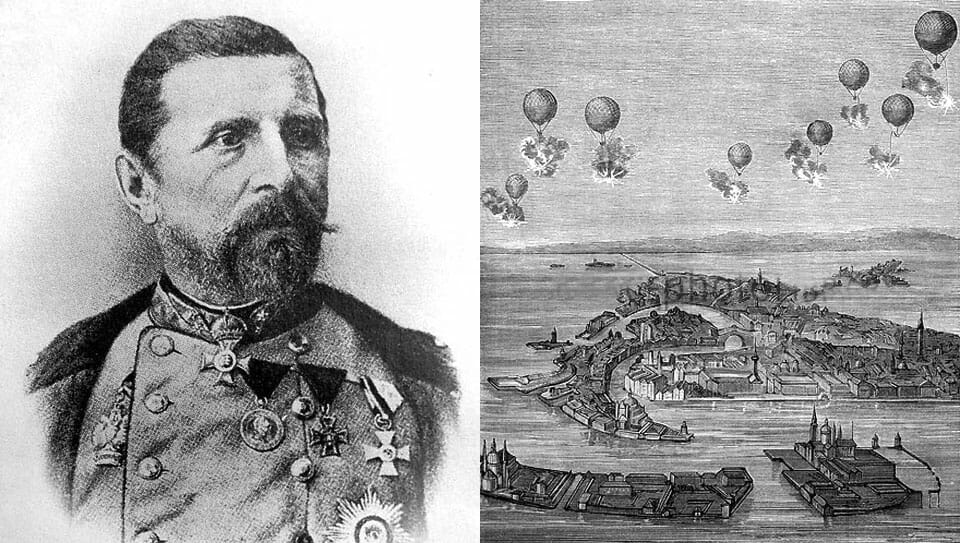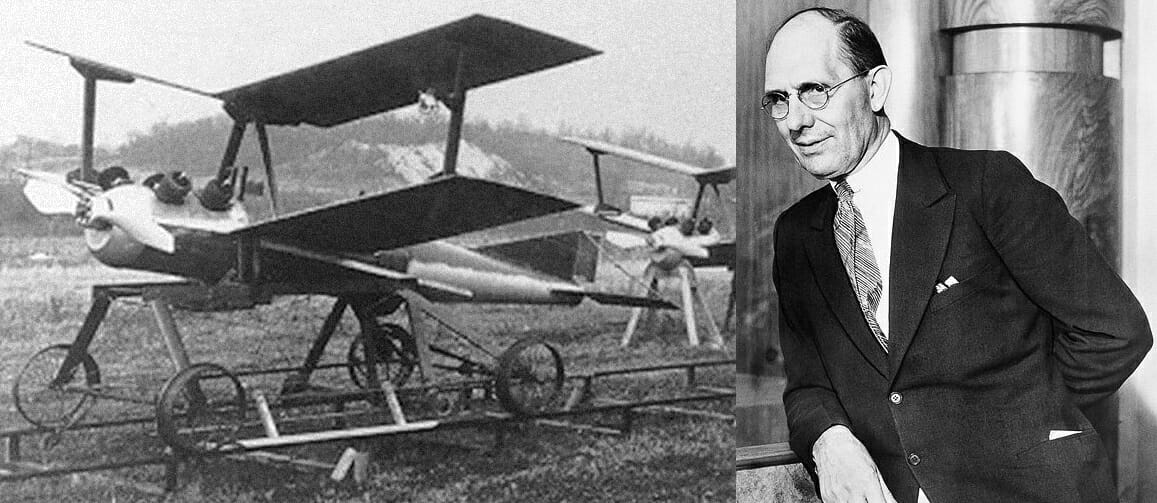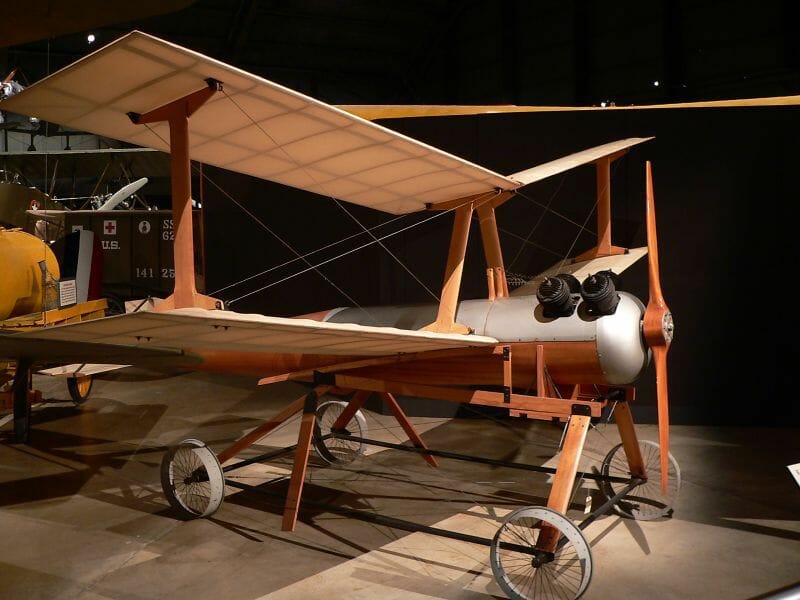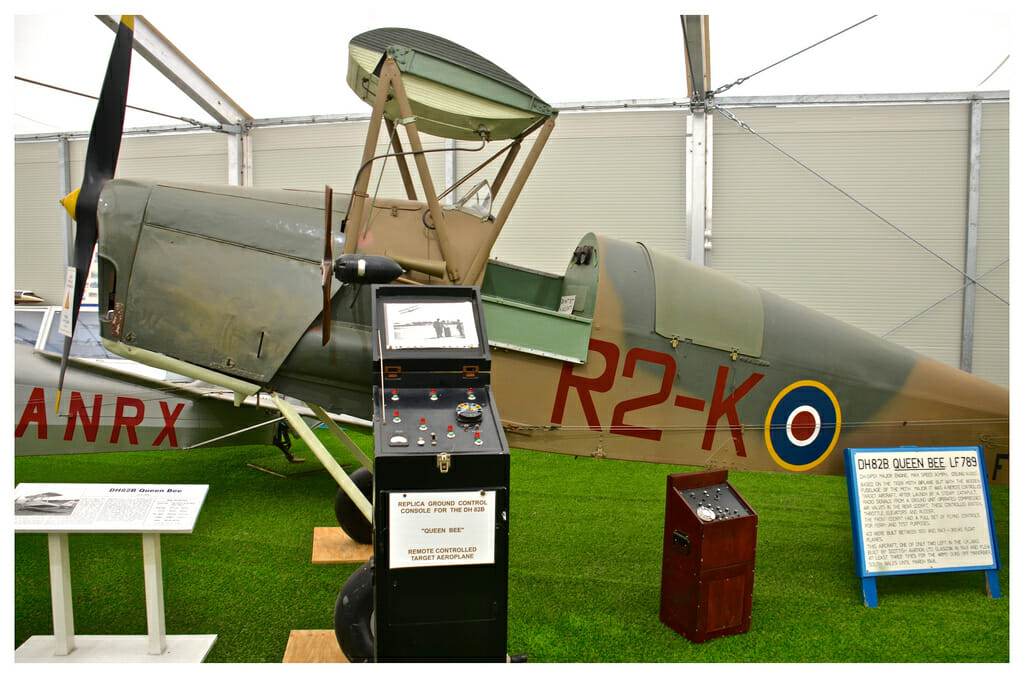Introduction
UAV (UAV /UAV) - unmanned aerial vehicle, drone. Until the beginning of the 21st century, it was used exclusively for military purposes. Recently, drones have been widely used both in everyday lifebusiness
How it was...
Balloons

1849 year. The uprising in Venice. In the wake of the bourgeois revolutions in the Austrian Empire, the Venetians declared independence. The city was besieged. The work of artillery was not effective due to the peculiarities of the relief and good fortifications on the approaches to Venice.
Franz von Juhatik - lieutenant of the Austrian artillery, put forward the idea of bombarding the city from balloons. On July 12, 1849, the first two balloons with bombs were launched over the besieged city. On board were shrapnel bombs, as well as mechanisms to drop them at the right time. The bombing did not bring significant results, but it sowed panic among the Venetians.
This case is considered the first ever documented evidence of the use of unmanned aerial vehicles.
Wartime is the time of active use of new technologies and innovative developments in various branches of science and technology.
Bomb with wings

1910. Inspired by the success of the Wright brothers, the American military engineer from Ohio - Charles Kettering, proposes the idea of an unmanned aerial vehicle - in fact, a bomb with wings. Thus, laying the foundation for the development of unmanned strike aircraft.
According to the plan of the creator, the plane filled with explosives was able to fly in a straight line, without a pilot, for some time. Then the drone dropped its wings and fell into enemy positions. It is known that in 1914, Kettering received an order from the US Army to manufacture such unmanned aircraft. A total of 45 units were manufactured. Later they were put into service, but they were never tested in battle.

The First World War gave impetus to the development of many fundamental technologies of our time, including radio-controlled unmanned aerial vehicles. Experiments with drones began almost immediately after the start of the massive introduction of radio transmitting devices. At the same time, experiments began on converting conventional aircraft for remote control.
One such developing project during the First World War was the Hewitt-Sperry Automatic Airplane. Its creators, Elmer Sperry and Peter Hewitt, served together in the US Navy. Sperry was engaged in the creation of gyroscopes for use on the latter on destroyers. They were both passionate about aviation and saw potential in unmanned aerial vehicles.
Once they still managed to interest the command and they began to develop their unmanned torpedo. It was essentially a radio-controlled winged bomb. The first successful test flight took place in September 1917.
The first unmanned aircraft

Radio-controlled ships received a new breath after the introduction of autopilots in the early 30s.
1935. Great Britain engineers create a reusable unmanned aerial vehicle. It was named " QeenBee ". The model of the Fairy Queen biplane was taken as a basis. After reconstruction and revision, the drone could be controlled remotely from a sea vessel at a distance of up to 5 km. The maximum horizontal flight speed reached 170 km / h. Having received the code name - DH82В, the model was used by the Royal Navy and the British Air Force as a target for shooting practice until 1947.
By the beginning of the Second World War, radio-controlled unmanned objects were already mass-produced. Especially the Target type. One of these UAVs was the famous QQ-2 radio plane. The first operating model of which appeared in 1939. The QQ-2 radio plane was the most produced drone. A total of 14,000 copies were produced.

In conclusion, we note that even in those days, there were people who believed in the benefit of technology and predicted the massive use of drones for peaceful purposes. However, at that time, such reflections were in the category of science fiction. Until the beginning of the 21st century...
.






